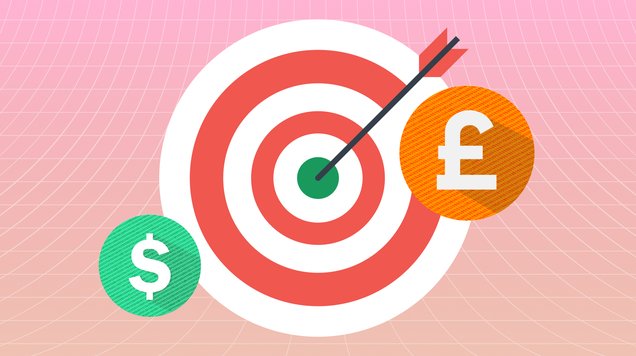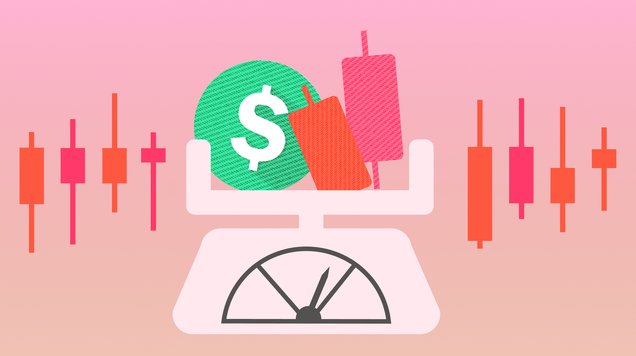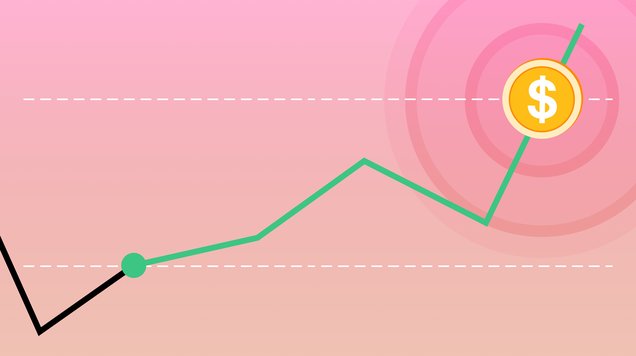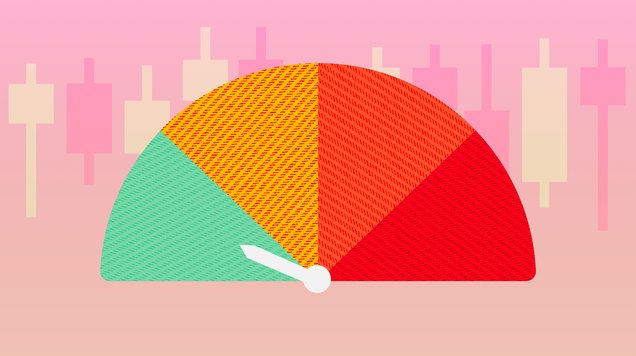What does ‘risk’ mean in financial markets?
Learn about general trading risks and discover how to protect your investments by measuring and estimating different risk types.
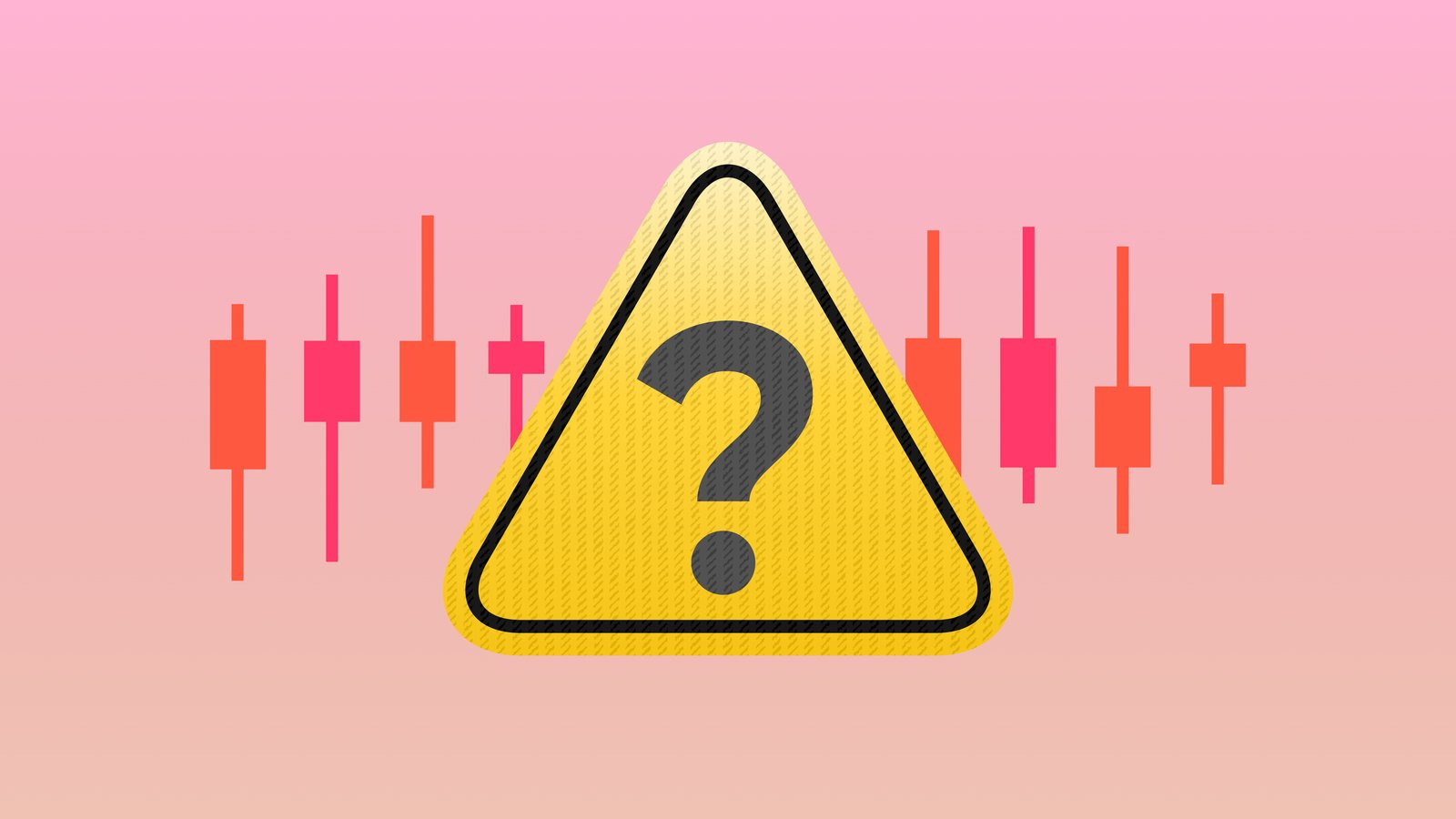
In financial markets, risk is the possibility of losing money due to unexpected asset price movements
Market risk applies to the entire market, whereas specific risk refers to a particular company or industry
Risk and reward are closely linked, and higher risk can potentially produce bigger profits
Liquidity risk, volatility risk and inflation risk are examples of risks that affect both markets and prices
Understanding risk helps you to make informed decisions and apply accurate risk management strategies such as diversification and hedging
What is risk?
In financial markets, risk usually refers to the possibility that something can affect your investment and even result in a loss of capital, which may occur when the price of the asset you have invested in takes an unfavourable move. A variety of factors affect prices, which means traders should be aware of several types of risk and take precautions to manage them using different tools or strategies.
Investment risk can be divided into two main categories. These are systematic risk and specific risk. Investments are usually exposed to several types of risk at the same time, but it is noteworthy that risk also provides the volatility needed to capture profits.
Specific risk, or unsystematic risk, means uncertainty specific to a particular company or industry. Both internal and external factors can have an impact on a business’s revenue and profits. Operational inefficiency is an example of internal factors, while regulation is an external factor that specifically affects one product or company.
Systematic risk, also known as market risk, affects the entire market, not just one product, company or industry. Market risk can be caused by a number of factors that include geopolitical events, interest rates, inflation hikes, natural disasters such as draughts or economic recessions. These risk factors are often indicated in live news reports and historically have been successfully predicted through different forms of technical market analysis.
There are also unique risk factors for online trading such as technological failures, financial crimes and emotional decisions; these are often managed by using risk management tools like stop loss orders, practicing discipline and keeping trading journals, constantly researching and choosing a fast and reliable trading platform from a well-regulated broker.
The risk-reward concept
Moving prices pose a risk to the investment, but it wouldn’t be possible for traders to make profit if prices always remained the same.
This means that the concept of risk and reward is at the core of financial markets. Risk and reward go hand-in-hand because the amount of risk is tied to the size of the possible return. Usually, the higher the risk you are willing to take, the higher the potential return will be.
When trading, it’s always important to assess the possible outcomes of your trade and get a realistic idea of the potential risks and returns. The risk-reward ratio helps traders to compare the expected return to the amount of risk involved in the trade. Often, 1:3 is considered the ideal risk-reward ratio.
A simple formula to calculate your risk-reward ratio is:
Risk-return Ratio = Potential Loss / Potential Gain
Different risk types in financial markets
Let’s look at some examples of common types of risk. Some of these are market risks that affect the entire financial market, while others affect certain trading products and industries.
Volatility risk
Volatility describes price fluctuations of a financial asset. High volatility means that the price of an asset can suddenly go up or down in value very quickly. This is considered high risk as the price change might be unfavourable, but volatility also creates opportunities for profit as the value of your investment can increase significantly in a short time. Volatility is often caused by things like market uncertainty, economic events or changes in how people feel about investing in something. A popular tool for volatility risk is adding price limits (stop loss and take profit orders) that instruct the platform to close a trading position once it reaches a certain level.
Liquidity risk
The more people there are participating in a market, the more liquid the market is, and the faster you’ll be able to buy and sell assets. Liquidity risk describes when the market’s demand drops so low that there is not enough demand to sell your asset, or you might have to sell it with lower price. Market illiquidity can happen for different reasons like a lack of market interest, regulatory restrictions or an economic crisis; but rarely affects popularly traded products which can be identified by low spreads.
Equity risk
Buying shares from a public company means you own a fraction of the company of itself and are entitled to a share of its profits (often called dividends). Sometimes shares are also called equities or stocks. Equity risk is the potential for financial losses caused by changes in share prices. This risk affects investors and traders who hold shares or financial products with shares as an underlying asset. Market conditions, company performance and economic events are some of the factors affecting share prices. It is becoming increasingly popular to trade on Shares CFDs if an investor thinks the price of share may decrease, as CFDs allow you to trade on rising or falling prices without owning the asset directly.
Currency risk
Currency risk, also known as foreign exchange risk, refers to possible changes in the exchange rates between different currencies caused by economic and political conditions. Currency risk impacts businesses, investors and traders alike. Traders can be directly exposed to currency risk if they trade in the foreign exchange market, or indirectly if they have significant investments in companies operating in global markets and participating in international trade. This exciting volatility makes forex one of the largest online marketplaces, with trillions in volume traded daily.
Commodity risk
Commodity risk refers to sudden price changes in commodities such as oil, precious metals and agricultural products. Factors like supply and demand, adverse weather and politics can affect commodity prices. For example, poor weather conditions may cause a decrease in crop supply which drives prices up.
Inflation risk
Inflation can contribute to market risk by affecting business performance, people’s behaviour, such as spending, and market sentiment. Governments can use policies to counter inflation through higher interest rates; investors will keep a close eye on monetary policy announcements such as the US FOMC monthly meetings.
Systemic risk
Systemic risk refers to the possibility of an entire financial system or market collapsing, which is usually caused by a major event or recession. For example, the financial crisis of 2008 caused systemic risk to entire economies. Luckily this kind of scenario is extremely rare, and market analysts keep a close eye on the potential of systemic risk recurring. Keep a close eye on market news to prepare for the impact on your assets.
Get to know your risk appetite
People tolerate risk differently, and before you start trading it’s important to assess your own risk tolerance. Consider factors such your financial goals, the amount of time you have and even your personality. Whether you're a high-risk taker or on the more cautious side, you can create a trading strategy that will improve your chances of success.
If you’re not sure what your risk appetite is, here’s some examples of common risk profiles
Low risk
A low risk appetite means that traders are interested in small gains and avoiding loss, rather than chasing bigger potential returns and losses. They tend to focus on less volatile products, such as debt securities or direct shares from well-established companies due that offer a predictable and steady performance.
These traders have a cautious approach to risk management, often aiming to preserve money and achieve reliable returns over longer periods of time.
Moderate risk
Traders with a moderate risk appetite are open to slightly higher levels of risk in the pursuit of higher returns. They may go for growth shares, which are companies anticipated to experience faster sales and earnings growth compared to the market average, such as new sector developments or companies that have recently gone public.
These traders are willing to take on increased volatility in pursuit of potentially higher and faster returns. They often diversify their focus across a range of financial products such as shares, ETFs and cryptocurrencies.
High risk
When it comes to high risk appetites, traders are known for taking on significant levels of risk in exchange for the potential of maximum rewards. They often invest in high-volatility products like forex, which can experience rapid and substantial price changes on large volumes.
Traders with a larger risk appetite will often use leverage, which allows them to control much larger trade sizes by investing a margin (percentage) of the deposit. As leverage amplifies the potential profits, it’s important to note that potential losses will be equally amplified as well.
How to manage investment risk
Understanding risk, measuring it and learning how to use risk management are crucial for the success of any trader. Every trader should build a strategy that best suits their own trading plan and risk appetite, but it's always recommended to trade with a regulated broker that complies with laws and regulations surrounding your personal data and deposits.
Diversification, hedging and position sizing are some of the most popular strategies to manage investment risk.
Diversification means trading or investing in a variety of financial products, instead of focusing on just one asset class. By spreading your money between different financial products, you are less dependent on the performance of one product or company. Diversification is an effective way to protect your investments from commodity, equity and foreign exchange risks. Spreading investments across different asset classes can also limit the risk of liquidity issues.
Hedging refers to taking several opposing positions at the same time. If one position experiences an unfavourable price movement, an opposite position can help limit the amount of capital lost. Hedging can be an effective way to limit the impact of, for example, commodity and foreign exchange risks.
Position sizing means deciding how many units of a particular product to trade. When determining the ideal position size, you should take into consideration how much risk the size of your position includes and not place trades where the possible losses exceed your risk appetite.
Monitoring the market and following news is also essential for risk management as you’ll be able to adapt your open positions according to the latest developments.
A risk-free demo account is an easy way to practice risk management strategies before starting to place trades. With a demo account, you can access real products and platforms with virtual funds.
However you choose to invest, don’t let fear of risk stop you from entering the market as when risk is managed well, you’ll be able to unlock unlimited opportunities for making money online.
